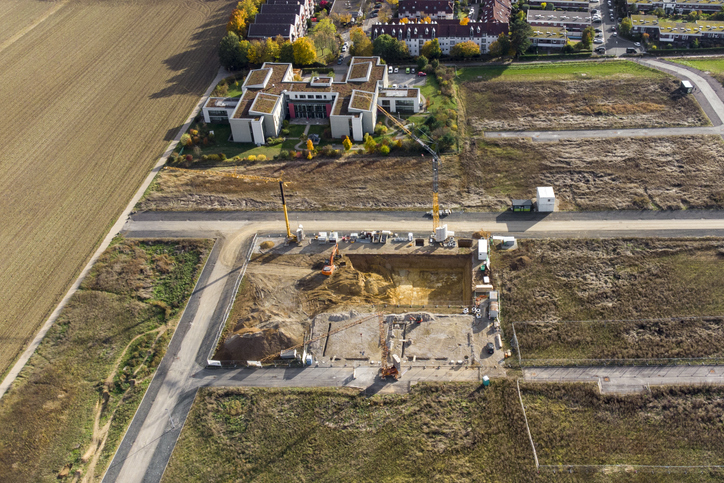Building Regulations Part C
Reading time: 6 minutes
What is Part C Building Regulations?
The Building Regulations Part C (also known as Approved Document C) shows how to prepare a site before construction, as well as how to avoid damage from water and hazardous substances. The Part C Regulations covers all new build projects and extensions in England, for both dwellings and non dwellings, and is split into two sections:
-
C1: Site preparation and resistance to contaminants
-
C2: Resistance to moisture
The original 2004 version was updated in 2010 and 2013 to add new information and guidance.
What are the changes to the Part C Regulations?
The latest version of the Part C Building Regulations came into force on 1st October 2013. The key updates in the most recent version include:
-
Updated guidance on protective radon measures
-
New contaminated land guidance
-
New additions to materials and workmanship
-
Updated British Standards on design (such as BS 5628-3:2001)
There have been no changes to Part A of schedule 1 of the Part C Building Regulations.
Part C1 Building Regulations: site prep
The Part C Regulations show the steps to be taken to make sure that new foundations won’t be damaged by chemicals, topsoil, pre-existing foundations, vegetation or tree roots. It covers each of the following:
-
Ground stability before laying foundation blocks
-
Removing chemicals (anything corrosive, flammable, explosive radioactive or toxic) - following health and safety advice and using the correct PPE
-
Sub soil drainage
-
Stopping groundwater from entering foundations
-
Avoiding water/weather damage
C1 states that ground moisture must be removed, using the correct drainage pipes, to prevent damage to buildings. Contaminated ground (such as sites containing radon or methane) must be cleared in advance, as shown in the Part C Regulations.
Part C2 Building Regulations: moisture
Part C2 of the Building Regulations (moisture) says that ‘the walls, floors and roof of the building shall adequately protect the building and people who use the building from harmful effects’ caused by:
-
Ground moisture
-
Precipitation (rain or snow), including wind-driven spray
-
Condensation
-
Spillage of water (such as flooding indoors caused by pipes or appliances)
Part C Building Regulations also looks in detail at what to do if the land is suspected to be contaminated, and how to make a building flood resistant if it’s in a flood risk area.
Damp proofing and damp proof coursing
Section 5 of the Part C Building Regulations (moisture and rising damp protection) gives detailed diagrams and information to meet the regulations. It states that ‘any internal or external wall will meet the requirement if a damp proof course is provided’.
-
For external walls, the damp proof course must be at least 150mm above the ground level and must be continuous
-
For external cavity walls, the cavity should be taken at least 225mm below the level of the lowest damp proof course
Does damp proofing require Building Regulations?
Building regulations Part C says that all new buildings must have damp proof courses to prevent rising damp and moisture damage. All new builds in England must have Building Regulations approval and the damp proof course fitted correctly, as stated. Planning permission is often required for large renovations which need new damp coursing (especially when the design of the building changes) as well as extensions and basement building projects. Some damp proofing work or repairs on existing smaller buildings may come under permitted development. Always check with your local Building Control office if you’re unsure.
You can find more information on all updated Building Regulations on our dedicated Travis Perkins Building Regs hub.
Disclaimer: Information displayed in this article is correct at the time of publication, but note that legislation changes periodically. Please refer to the latest publication of each approved article. The information contained on this page is intended as an overall introduction and is not intended as advice from a professional building control officer. The definition of ‘building work’ and when Building Regs approval is required is set out here. Travis Perkins aims to avoid, but accepts no liability, in the case that any information stated is out of date. Always consult the approved local authority building control team when considering any exemptions, and before undertaking any work.





